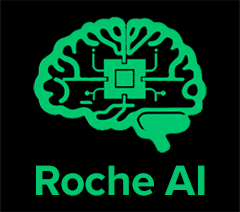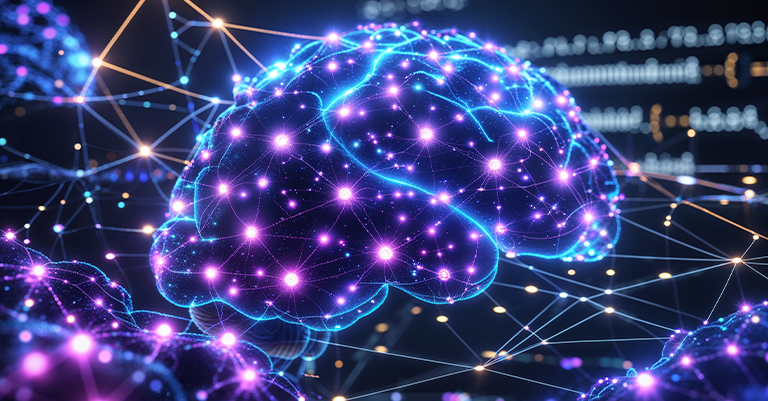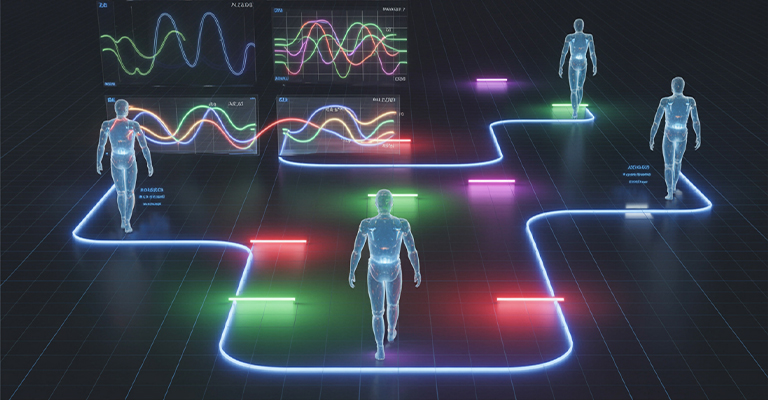The Best AI Deep Learning Frameworks for Beginners
AI deep learning frameworks help you build intelligent computer systems without starting from zero. Think of them as toolkits that make AI projects easier for beginners. These frameworks contain ready-made parts you can use to create learning models.
Like building blocks help kids create complex structures, these frameworks help you build AI systems. You don’t need to be a math genius or coding expert to get started. The frameworks handle the hard stuff for you.
This guide explores the most popular AI deep learning frameworks. We’ll explain what makes each one special. You’ll learn how to pick the best one for your needs. Whether a student or hobby coder, this guide will help you start your AI journey.
What Are AI Deep Learning Frameworks?
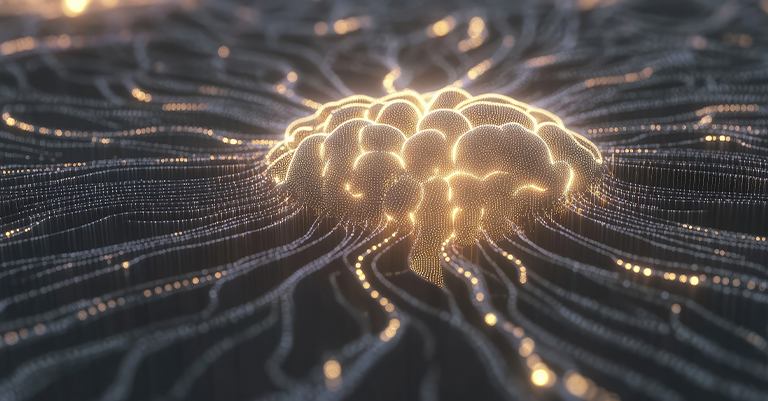
As mentioned above, AI deep learning frameworks are toolkits that help you build computer systems. These toolkits come with ready-made parts that save you time and effort. Instead of creating everything from scratch, you can use these frameworks to build complex AI systems more easily.
This section explores what these frameworks do, how they work, and their key parts. You’ll learn why they’re so helpful for both beginners and experts. By the end, you’ll understand why these frameworks are the backbone of modern AI development and why they matter for your learning journey.
Definition and Purpose of Deep AI Learning Frameworks
AI deep learning frameworks are specialized software libraries designed for building neural networks. They provide pre-implemented algorithms and architectures that would otherwise require extensive coding. This approach significantly reduces development time.
These frameworks handle the complex mathematical operations behind neural networks. They let you focus on designing solutions instead of getting lost in technical implementation details. It’s comparable to using a prepared cake mix rather than measuring individual ingredients.
How AI Deep Learning Frameworks Work
At their foundation, AI deep learning frameworks manage computational graphs representing mathematical operations in neural networks. They automatically calculate gradients necessary for training through backpropagation and optimize memory usage during computation.
Consider a deep learning framework similar to a vehicle’s dashboard interface. You don’t need to understand every mechanical component to operate the vehicle effectively. You interact with simplified controls while complex systems function behind the scenes.
Key Components of AI Deep Learning Frameworks
Most AI deep learning frameworks include these basic parts:
- Building blocks for neural networks (layers, functions)
- Training tools to help models learn
- Error checkers to measure how well models work
- Data handlers to process information
- Testing tools to check results
- Sharing options to use your models in apps
Top AI Deep Learning Frameworks for Beginners
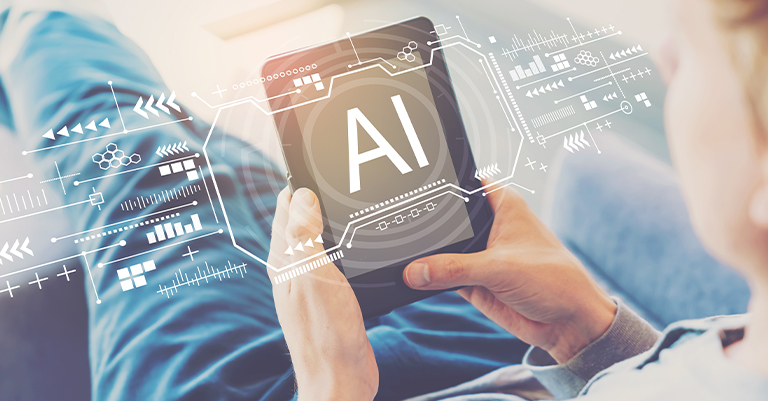
TensorFlow
TensorFlow comes from Google. It’s one of the most used AI deep learning frameworks today. People like it because it works for many different tasks.
Key Features:
- Works with Keras for easier use
- Has a light version for phones
- Offers lots of help guides and forums
- Includes tools to see your progress
TensorFlow is like a Swiss Army knife for AI. It has tools for almost any job. A beginner could use it to build an app that knows dog breeds from photos.
PyTorch
PyTorch, developed by Facebook’s AI Research lab, has gained significant popularity due to its intuitive design and dynamic computation graph capabilities. It provides flexibility that many researchers and developers appreciate.
Key Features:
- Python-like syntax and programming model
- Dynamic computational graph for interactive debugging
- Robust support for research applications
- Production deployment through TorchScript
If TensorFlow represents a Swiss Army knife, PyTorch could be compared to modeling clay—highly adaptable and responsive to your requirements. A beginner might implement PyTorch to develop a sentiment analysis model that classifies movie reviews as positive or negative.
Keras
Keras now works with TensorFlow, but it’s worth talking about on its own. It was made just for beginners.
Key Features:
- Extremely easy to use
- Lets you build models quickly
- Gives clear error messages
- Works with different systems
Keras is like a simple cookbook with easy recipes. You might use it to build your first model that guesses house prices based on size and area.
JAX
JAX is newer and comes from Google. It works like NumPy (a math tool) but runs much faster.
Key Features:
- Easy if you know NumPy already
- Runs code very quickly
- Uses a clean coding style
- Great for testing new ideas
JAX is like a sports car with familiar controls. A beginner who knows some coding might use it to build games that become more intelligent as users play them.
How to Choose the Right Option from All Available AI Deep Learning Frameworks

Consider Your Learning Goals
Pick an AI deep learning framework that fits what you want to do. Think about why you’re learning AI.
If you’re working on a school project, PyTorch or JAX are your best options. Looking to improve your professional skills, then TensorFlow is a solid option. If you need to learn how AI deep learning framworks operate quickly, then you should consider Keras.
Evaluate Your Technical Background
Your coding skills affect which framework will feel best to use:
- New to coding: Try Keras first
- Know Python well: PyTorch will feel natural
- Good at math coding: JAX will be easy to learn
- Want to build real apps: TensorFlow has good tools
Assess Community and Resources
You’ll need help when learning. Look for:
- Good guides: Are there clear how-to docs?
- Helpful videos: Can you find beginner tutorials?
- Active forums: Is there a place to ask questions?
- Company support: Will the tool be around next year?
TensorFlow and PyTorch have the most help guides. This makes them safer choices for beginners.
Getting Started with AI Deep Learning Frameworks
Setting Up Your Environment
Before you start with any AI deep learning framework, set up your computer:
- Install Python (version 3.7 or newer)
- Create a virtual environment to keep things tidy
- Install your chosen framework (follow their guide)
- Add helper libraries like NumPy and Pandas
- Set up GPU support if you have a good graphics card
Don’t want to install anything? Try Google Colab. It’s free and runs in your web browser.
Your First Deep Learning Project
Start with something small to build your skills. Here’s a good path:
- Number reader: Teach a model to read handwritten numbers
- Text checker: Build a model that spots good or bad reviews
- Picture sorter: Make a model that names objects in photos
- Future guesser: Create a model that predicts future values
Each project teaches you different skills. You’ll see real results that keep you going.
Common Beginner Mistakes to Avoid
When starting with AI deep learning frameworks, watch for these five mistakes that many new users make:
Using Too Much Data
Many beginners think more data always makes better models. This isn’t always true. Start with smaller sets that you can work with easily. Try using 1,000 images instead of 100,000 for your first image project. Small sets help you find bugs quickly and learn the basics. You won’t waste hours waiting for training to finish. You can add more data later once your code works well.
Building Extremely Complex Models
It’s tempting to create deep networks with many layers right away. Don’t! Start with simple models that have just a few layers. A basic model that works is much better than a complex one that fails. For example, try a three-layer network for text sorting before using fancy designs. You can add more layers after you understand how the simple model works.
Forgetting to Normalize Input Data
Raw data often has values in different ranges. Images might have values from 0-255, while other features range from 0-1. If you don’t scale these to match, your model will struggle. Always adjust your data to similar ranges (usually 0-1) before training. This simple step can make your model learn much faster and work better.
Ignoring Overfitting Signs
When your model works perfectly on training data but poorly on new data, that’s overfitting. Many beginners miss these warning signs. Watch your validation scores during training. If they start getting worse while training scores keep improving, your model is memorizing rather than learning. Use methods like dropout or early stopping to fix this common problem.
Skipping Visualization
Numbers alone don’t tell the whole story about how your model works. Many beginners don’t take time to plot their results or see what their models learn. Always make graphs of your training progress. For image models, look at what features the model detects. For text models, check which words affect predictions most. Visual tools often reveal problems that numbers alone might hide.
Future Trends in AI Deep Learning Frameworks

Increased Accessibility
AI deep learning frameworks are getting easier to use. We’re seeing:
- Visual builders that need no coding
- Auto-learning tools that set up models for you
- Better viewing tools to understand what’s happening
- Easier ways to share your models with others
These changes will make AI deep learning frameworks even more beginner-friendly.
Specialized Frameworks
While big frameworks do everything now, special tools are coming for specific tasks:
- Text processing tools for language tasks
- Image tools for working with pictures
- Game learning systems for building smart games
- Small device frameworks for phones and gadgets
Beginners might start with these task-specific tools instead of the big frameworks.
Integration with Other Technologies
AI deep learning frameworks are linking up with:
- Cloud systems for more power
- Smart devices for real-world use
- Business tools for company insights
- Developer tools for smoother workflows
This makes AI deep learning frameworks more useful for real jobs.
Conclusion
AI deep learning frameworks have changed AI from a tough subject to a tool anyone can use. They give you a ready-made workshop for building neural networks. With these frameworks, you can create smart systems without being a math whiz or coding expert.
Whether you pick TensorFlow’s full toolkit, PyTorch’s flexible style, Keras’s simple approach, or JAX’s speed, you’re taking a good step into AI. The best choice depends on your goals, skills, and learning style.
Remember that learning any AI deep learning framework takes practice. Start small and use the many free guides online. Don’t be afraid to make mistakes. Each framework lets you learn by trying things out. As you grow, you’ll probably try several frameworks. Each one will teach you something new about how AI works. This mix of skills will make you better at solving problems with AI.

